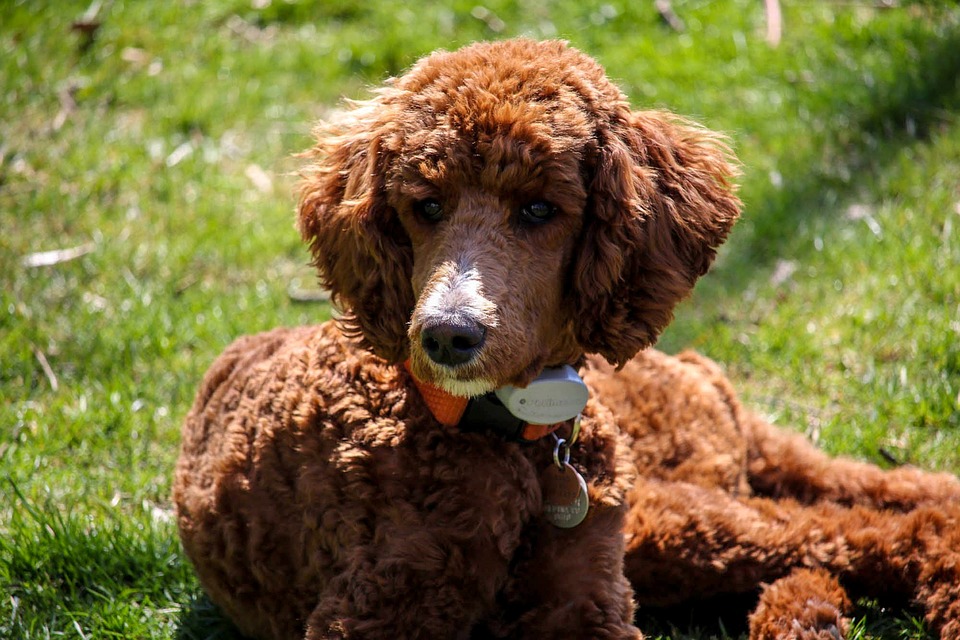
The Evolution of Beauty Standards Throughout History
Beauty standards have always been an integral part of society, shaping the way individuals perceive themselves and others. Throughout history, these standards have evolved and changed significantly, influenced by various factors such as culture, social norms, and media representation. Let’s take a closer look at how beauty standards have evolved over time.
Ancient Beauty Standards
In ancient civilizations, beauty standards were often associated with qualities such as health, fertility, and youth. For example, in Ancient Egypt, women wore makeup and accessories to enhance their features and highlight their beauty. In Ancient Greece, the ideal of beauty was represented by statues of athletic and youthful gods and goddesses such as Aphrodite and Apollo.
Similarly, in Ancient China, beauty standards were centered around the notion of delicate and porcelain-like skin, with women using various beauty practices such as whitening creams and lotions to achieve this ideal.
Medieval Beauty Standards
During the Middle Ages, beauty standards underwent a significant shift, with ideals of beauty becoming more conservative and modest. Pale skin and rosy cheeks were considered desirable traits, reflecting the idea of purity and innocence. Women often used natural ingredients such as beetroot and berries to achieve a rosy complexion, while also emphasizing long and flowing hair as a symbol of femininity.
Furthermore, the Renaissance period saw a revival of classical beauty ideals, with artists such as Leonardo da Vinci and Raphael portraying women with idealized features and proportions reminiscent of ancient Greek and Roman sculptures.
Victorian Beauty Standards
The Victorian era brought about a new set of beauty standards, characterized by a focus on modesty and restraint. Women were expected to have a pale complexion, delicate features, and an hourglass figure accentuated by corsets and hoop skirts. Long hair, often worn in elaborate updos, was also considered a sign of beauty and femininity.
Additionally, the emergence of photography and fashion magazines during this period played a significant role in shaping beauty ideals, with images of idealized women becoming more widespread and influential.
20th Century Beauty Standards
The 20th century saw a rapid evolution of beauty standards, influenced by changes in technology, fashion, and media representation. The emergence of Hollywood and the rise of the film industry played a crucial role in shaping beauty ideals, with actresses such as Marilyn Monroe and Audrey Hepburn becoming iconic symbols of beauty and style.
The 1920s marked a shift towards a more modern and liberated ideal of beauty, with women embracing shorter hairstyles, androgynous silhouettes, and bold makeup looks. The 1950s, on the other hand, saw a return to more traditional and feminine beauty standards, with an emphasis on hourglass figures, pin-up hairstyles, and glamorous makeup looks.
The 1960s and 1970s brought about a new era of beauty standards, marked by the emergence of the counterculture movement and a rejection of traditional norms. Natural beauty became increasingly valued, with women opting for minimal makeup, relaxed hairstyles, and a more effortless and carefree approach to beauty.
Modern Beauty Standards
Today, beauty standards continue to evolve and diversify, with an increasing emphasis on inclusivity and diversity. The rise of social media and digital platforms has played a crucial role in challenging traditional beauty ideals and promoting a more inclusive and empowering representation of beauty.
Beauty standards are now more diverse and inclusive, with a growing acceptance and celebration of different body types, skin tones, and ethnicities. Models and influencers with unique features and unconventional looks have become increasingly popular, challenging traditional notions of beauty and inspiring a more inclusive and diverse representation of beauty.
Furthermore, the beauty industry has also become more inclusive, with brands expanding their product offerings to cater to a wider range of skin tones and types. The use of Photoshop and filters to alter images and create unrealistic beauty standards has also come under scrutiny, with a growing movement towards authenticity and embracing natural beauty.
Conclusion
Beauty standards have evolved significantly throughout history, reflecting changes in culture, society, and media representation. From ancient civilizations to modern times, beauty ideals have been influenced by a variety of factors, shaping the way individuals perceive themselves and others.
While beauty standards may continue to evolve and change, it is important to remember that beauty is subjective and multifaceted, encompassing a wide range of qualities and attributes. Embracing diversity and inclusivity in beauty standards can help promote a more positive and empowering representation of beauty for all individuals.
In conclusion, the evolution of beauty standards throughout history highlights the fluid and dynamic nature of beauty, reflecting the ever-changing ideals and values of society. By embracing diversity and celebrating unique beauty in all its forms, we can foster a more inclusive and empowering vision of beauty for future generations.